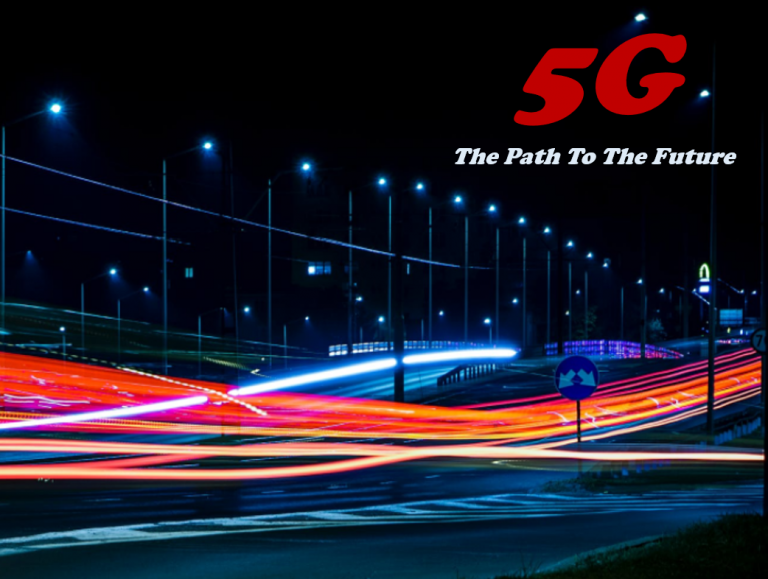
Dynamic channel assignment combined with circuit-based technology (which has generally been the approach taken to date) can provide some benefits. IS-95 CDMA provides a spectrum efficiency of 4–7% (12 to 20 × 8 Kbit/s/1250 kHz × 1 reuse × 1/2 voice activity). GSM also provides a spectrum efficiency of about 4% (8 × 13 Kbit/s/200 kHz × 1/12 reuse).

IS-136 TDMA today provides a spectrum efficiency of about 4% (3×8 Kbit/s/30 kHz × 1/21 reuse). Spectrum efficiency in bits/s/Hz/sector for interference avoidance and interference averaging.įor existing second-generation systems, the achieved spectrum efficiency measured in bits per second per Hertz per sector (assuming three sectors per cell) is much lower than what is shown in Figure 13.5, which was obtained under idealized conditions. Figure 13.5 (see ) compares the performance of interference-averaging CDMA with several interference-avoidance DCA algorithms.įIGURE 13.5. It was shown in that interference averaging techniques can perform better than fixed-channel assignment techniques, whereas interference avoidance techniques can outperform interference averaging techniques by a factor of 2–3 in spectrum efficiency. OFDM is promising in overcoming these challenging implementation issues. Some of the reasons for not fully exploiting the large potential capacity gain of DCA are the difficulties introduced by rapid channel reassignment and intensive receiver measurements required by a high-performance dynamic channel assignment or interference avoidance algorithm. Interference avoidance or dynamic channel assignment (DCA) has been used in some systems, generally as a means of automatic channel assignment or local capacity enhancement but not as a means of large systemwide capacity enhancement. WCDMA will also use interference averaging. Second-generation cellular systems generally use fixed-channel assignment or interference averaging with a spread spectrum. First-generation cellular systems used fixed-channel assignment.
5g spectral efficiency code#
In this, different data rates are directly mapped to code words of different codebooks.Very high spectrum efficiency will be required for wideband OFDM, particularly for macrocellular operation. SCMA: SCMA means Sparse Coded multiple Access.In this, signals on each subcarrier are shaped by a well designed filter to suppress signal side lobes and limits it’s band. FBMC: FBMC means Filter Bank Multicarrier.NOMA: Non orthogonal multiple access (NOMA) technique ensures that multiple users share a wireless medium and experience the same diversity as orthogonal multiple access techniques.There are new schemes apart from OFDM which can be used in order to improve spectral efficiency. The efficiency of power amplifier decreases because of high PAPR value. The main dis advantage of OFDM is high PAPR (Peak to Average Power Ratio). But, will OFDM be the dominant theme in 5G? OFDM has it’s own drawbacks.

OFDM (Orthogoanl Frequency Division Multiplexing) is a powerful way to address the problem of ISI (Inter Symbol Interference). Spectral efficiency can be increased by increasing the modulation order, by D2D communications, by M-MIMO and by new kind of transmission wave forms. of devices such as smart phones, tablets. In 5G, it is very important to improve spectral efficiency to have ultra-fast data speeds to more no. Challenges involved in this area are ‘proximity detection’, ‘network integration’. D2D communications handle low traffic efficiently.

It is an important way to have low latency. If two devices are in close proximity, they can communicate each other without consuming network resources.

One way to reduce latency is by dense small cells and D2D (Device to Device) communications. Therefore 5G should support latency less than 1 ms. But 5G is going to introduce technologies such as tactile internet, two way real time gaming, cloud based applications and augmented reality. Current 4G technology has latency around 15ms, which is suitable for current applications.
5g spectral efficiency full#
Latency:- Time taken by the signal to complete a single, full transaction is called Latency.Īpart from achieving high date rates, it is very important to have very low latency in order to save energy and also to have long battery life time for devices which are connected in 5G network. 5G-Key tehnologies - Latency reduction & spectral efficiency improvement


 0 kommentar(er)
0 kommentar(er)
